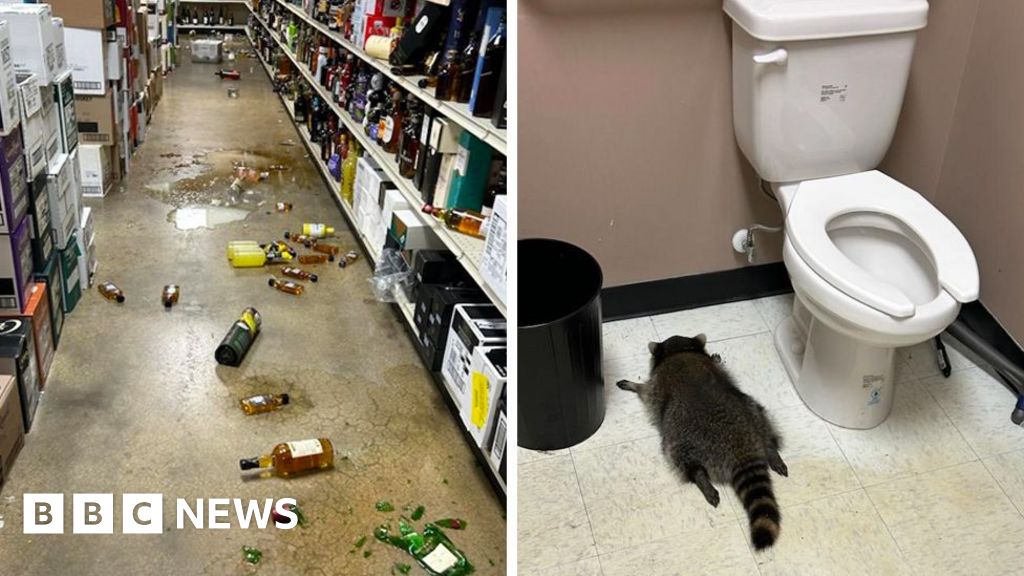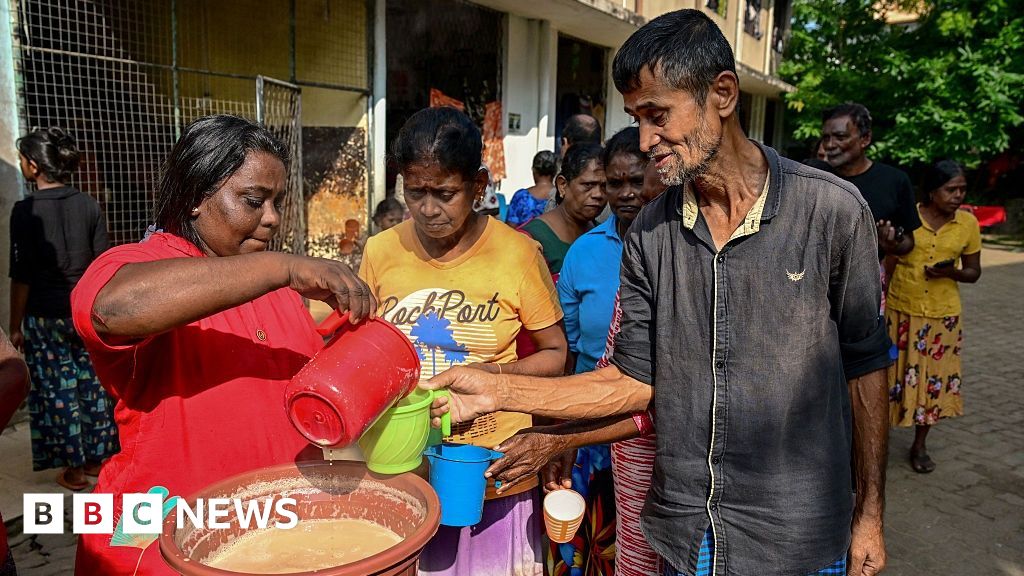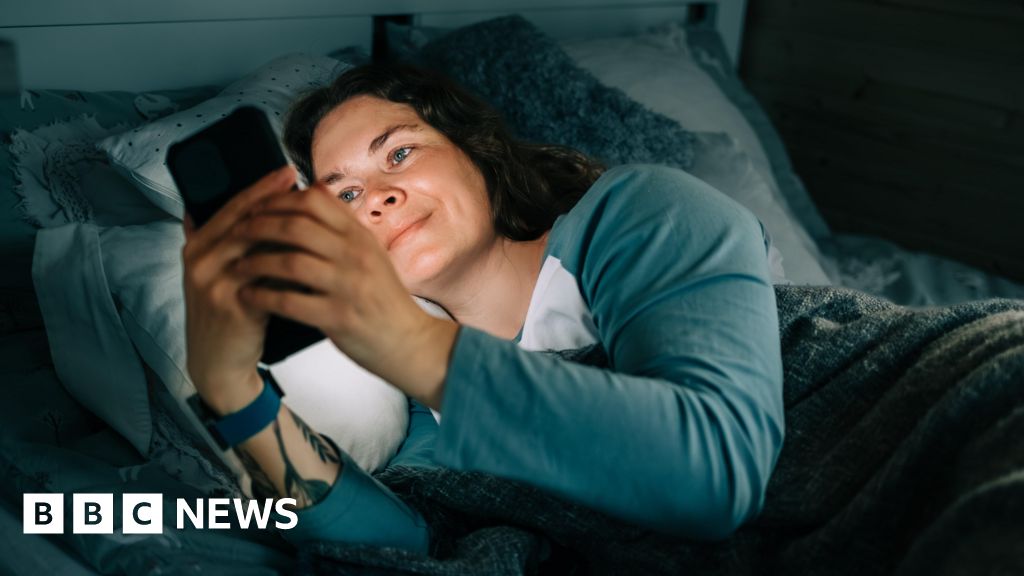Image copyright
PA Media
Schools are back, businesses are reopening and winter bugs are starting to spread – meaning more and more people are asking for a coronavirus test.
Three families explain how the testing problems are affecting them.
‘I’d drive 100 miles’
Maria Aziz, from west London, has been trying to book a test since Sunday, when her nine-year-old daughter, Mishal, complained of a sore throat. By 04:00 Monday, her daughter had developed a fever.
“I had been trying all of Sunday to try and get a test. I must have tried between seven and 10 times,” she told the BBC. “And then yesterday I probably tried about four times at various intervals across the day, starting early in the morning and ending late at night.”
After again trying and failing to book a test today, she said she’s frustrated. Her eldest daughter, Eimann, 14, has also had to be withdrawn from school while she tries to book a test for her younger daughter.
“Even if I have to drive 100 miles to get a test, I’d rather get her tested than not have a test,” she said. “If she has it, then that’s fine. We will know we need to continue self-isolating. But if she doesn’t then it’s unfair on my older daughter. She’s missed enough school already.
“I’m trying through the government website and then yesterday there was also a number on the website to call – 119 – so I tried that as well. Each time there were no tests available. No home kits. No walk-in slots. No drive-through slots. Nothing.
“It’s very frustrating. They’ve just about managed a week of school before they’ve had to be off again. It would be good to know one way or the other.”
‘We’ll have to close our cafe’
Image copyright
Scott Vining
Scott Vining’s daughter fell ill with a temperature on Saturday. By Sunday, the rest of the family, who live near Dunstable, in Bedfordshire, had also developed symptoms.
“We’ve tried hundreds of times,” he told the BBC about trying to book a test. “We started to try and book tests for my daughter on Sunday, to no avail, and then we started at 08:00 on Monday morning for us all.”
At one point Scott was offered a test in Warwickshire, 65 miles away from his home, through the government website. But by the time he’d entered the details of his family, the spaces had disappeared.
“This is the problem I’ve found,” he said. “When you’re doing it for a family of four, either no tests were available at all or after a while it kept taking you right back to the start to put all your details in again.
“In the end, I just put my wife’s details in because she’s the most important one to get back to work.”
Scott managed to secure a test for his wife today in Luton. He has since managed to book tests for himself and his children at a separate testing centre, in Bedford.
“Both the walk-in centre in Luton and the drive-in car park in Bedford were empty,” he said. “The walk-in centre had at least 12 available test booths with only three people there. The drive-in had space for maybe 30 cars. There was only one other car there.”
If it happens again, however, the small cafe the family runs may have to close. The business only survived lockdown with the help of a crowd-funding drive and a grant.
“We’ve only got my wife and another member of staff there. She wouldn’t be able to run it on her own so we would have to shut,” he said.
“Inevitably, kids are going to come home from school with sniffles and colds. We have to shut our business because of that,” he said. “So it’s not really worth sending the kids in if this going to happen again. We have to really think about it.”
Who should get a test?
- The government says anyone can get a test if they have coronavirus symptoms – namely a high temperature, a new or continuous cough, and/or a loss or change to your sense of smell or taste
- You can also get a test for someone you live with if they have these symptoms
- But you should not get a test or ask for tests for people you live with who do not have Covid-19 symptoms
- If you have symptoms or test positive, you should remain at home for at least 10 days
- Other members of your household, including those who do not have any symptoms, should then also stay at home and not leave the house for 14 days
Source: UK government testing guidance
‘It’s an absolute nightmare’
Image copyright
Christina Fox
As a family of eight, not everyone has been able to get tested
For larger families, it’s not just testing availability that can be an issue. “It’s an absolute nightmare trying to navigate the website as a family of eight,” Christina Fox, from Stockton on Tees, said.
The family was advised to book a test after phoning 111 when Christina’s seven-year-old daughter developed a high fever and a cough.
After trying for seven hours on Sunday, they had managed to secure three tests – for her seven-year-old, whose symptoms were worst, for another daughter who works for NHS 111 and couldn’t return before testing negative, and for herself.
“We had the app open on my phone, my daughter’s phone and on the computer,” Ms Fox said. “It really is like a pot of gold. You have to be there at the right time, the right second, and suddenly a test might appear.”
Despite those test results coming back negative, other family members have now developed symptoms, so they have had to continue to isolate.
“We managed to get two more tests this morning,” Christina said. “Because my 12-year-old goes to a different school to the younger kids, when I rang this morning they indicated that I should really be getting her tested.
“It’s just ridiculous. If they want kids back at school and college and they want the economy to start running again they need to make the provisions for proper testing.”
A government spokesperson said it was “processing more than a million tests a week and we recently announced new facilities and technology to process results even faster.
“If you do not have symptoms and are not eligible to get a test you can continue to protect yourself if you wash your hands, wear a face covering and follow social distancing rules.”
































